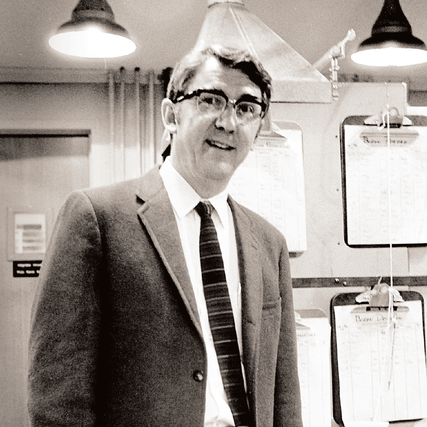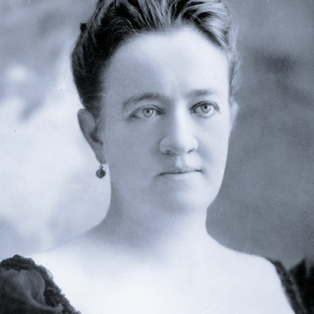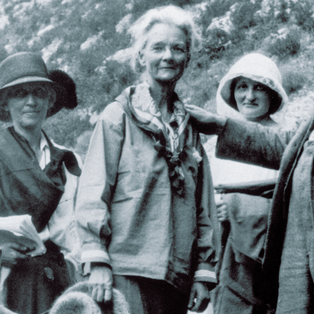Engineering the Information Age
More than one kind of revolution was under way in the ’60s and ’70s at UC Berkeley that played a pivotal role in the computer age and the development of nearby Silicon Valley. In 1960, Professor Donald O. Pederson ushered in a new era with the first university based integrated circuits lab. Striking gold, researchers created the legendary SPICE tool used in the design of nearly every integrated circuit over the next 25 years.

UC Berkeley demonstrated leadership in another way when students — including Sun Microsystems cofounder Bill Joy M.S. ’79 — created a new version of the UNIX operating system and made it publicly available. This unleashed a radical notion in software distribution: open source.
Legions of UC Berkeley students and alums have become industry pioneers. Intel cofounder Gordon Moore ’50 set the pace in the electronics industry with “Moore’s Law,” which predicted that the number of transistors on a computer chip would double every two years. Steve Wozniak ’86 dropped out to co-create Apple in 1976, before prudently returning to complete his degree.
In today’s digital world, UC Berkeley consistently drives technology that is transforming everything from social communications and commerce to medicine and global politics. Founded in 2001, the Center for Information Technology Research in the Interest of Society (CITRIS) incubates cutting-edge solutions to social, environmental, and healthcare problems. Cal parents Dado and Maria Banatao provided cornerstone support, and CITRIS’s headquarters in Sutardja Dai Hall honors the philanthropy of Marvell Technology Group co-founder brothers Sehat Sutardja M.S. ’85, Ph.D. ’88 and Pantas Sutardja ’83, M.S. ’85, Ph.D. ’88, and Weili Dai ’84.
Beginning in 2010, UC Berkeley experienced a surge of new initiatives designed to facilitate and nurture the data sciences. The Swarm Lab, launched in 2011, investigates the potential of wireless sensing, thanks to a gift from Qualcomm Chief Paul Jacobs ’84, M.S. ’86, Ph.D. ’89 and Stacy Jacobs B.A. ’84, B.S. ’87, O.D. ’89. The Simons Institute for the Theory of Computing opened in 2012 with a $60 million award from the Simons Foundation, and in 2013, the Berkeley Institute for Data Science launched with grants from the Alfred P. Sloan and Gordon & Betty Moore Foundations. Recognizing the vast potential of these resources, the campus added a new Division of Data Sciences, an ambitious new degree and research program aimed at leveraging information to address complex social problems. Ronald K. Tanemura ’85 was among the earliest benefactors and advisors to the program, followed by other donors, including In Sik Rhee and his wife, Isabel ’92.



